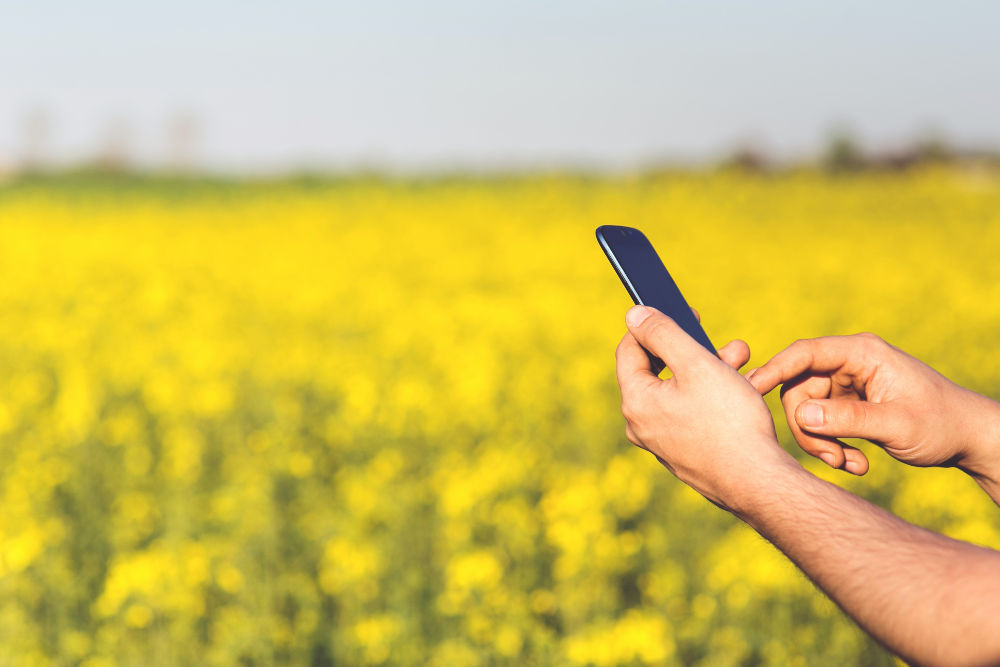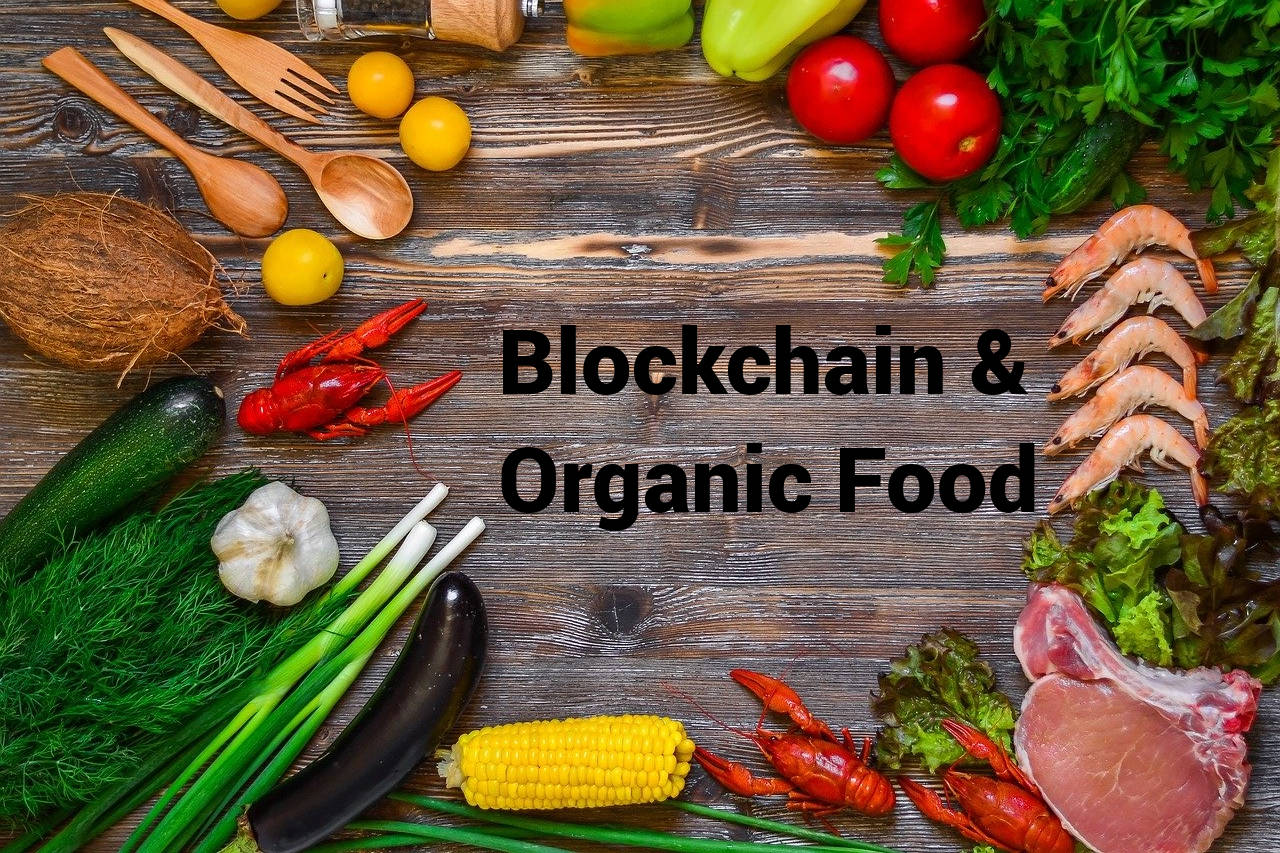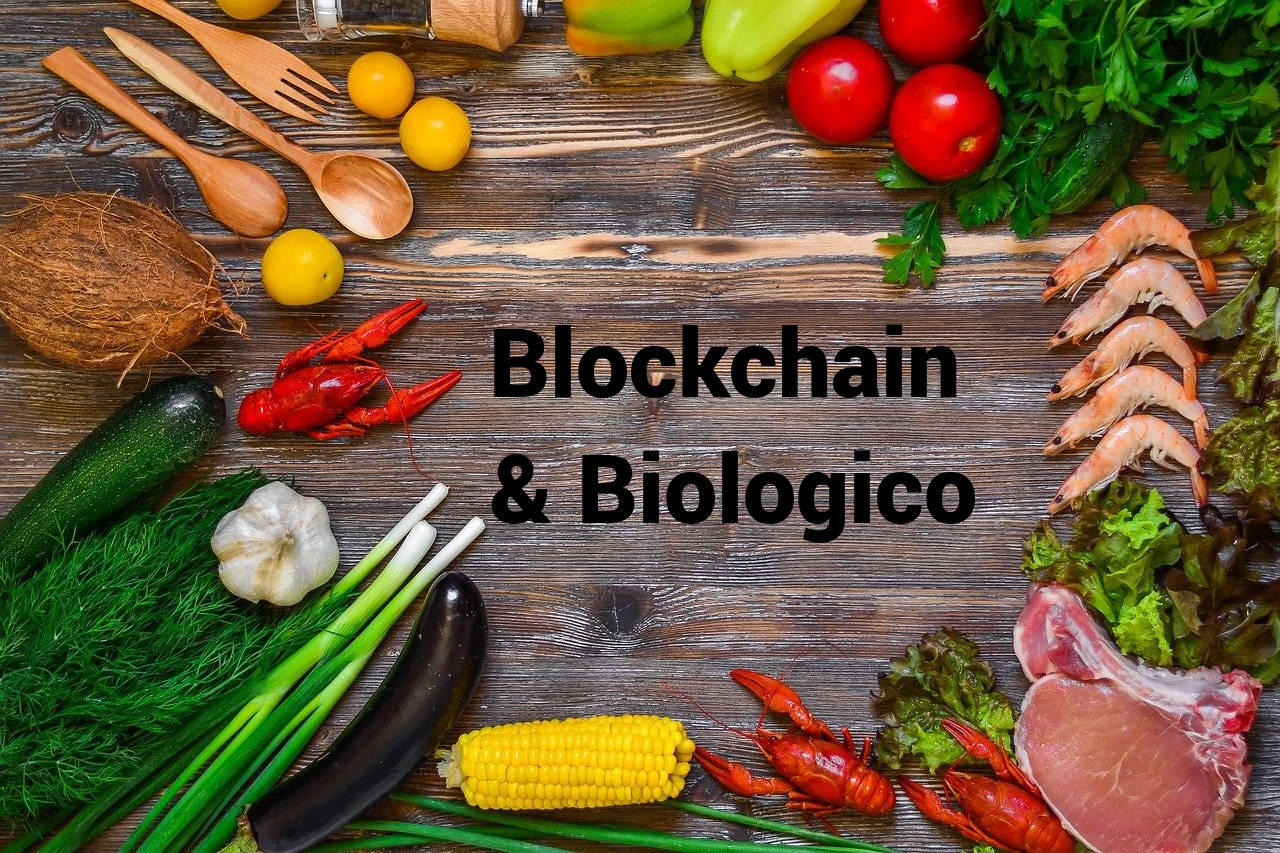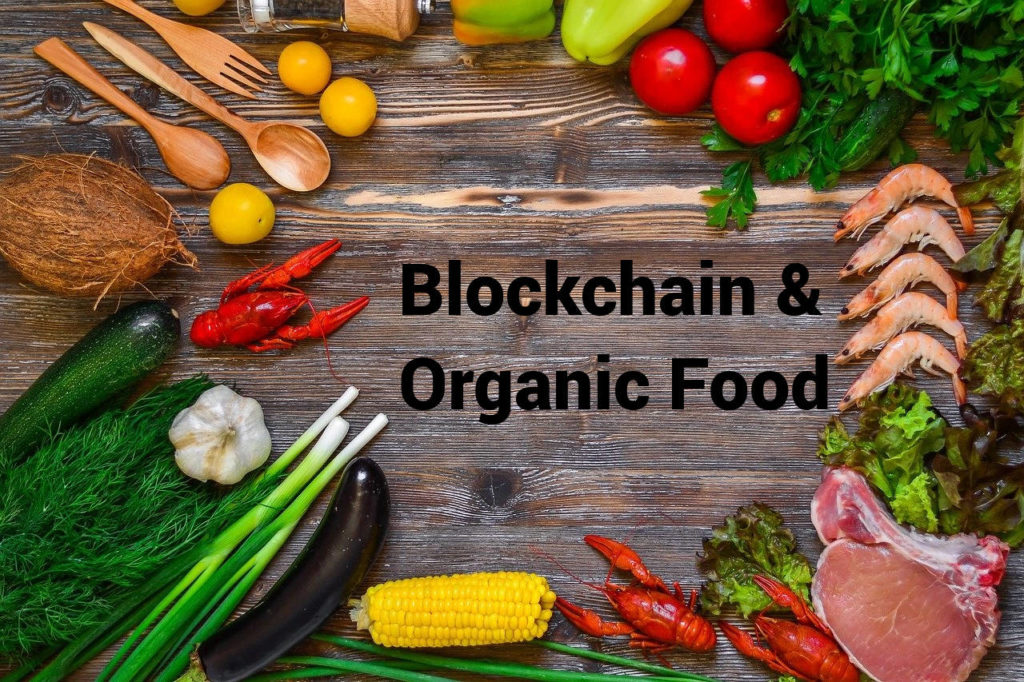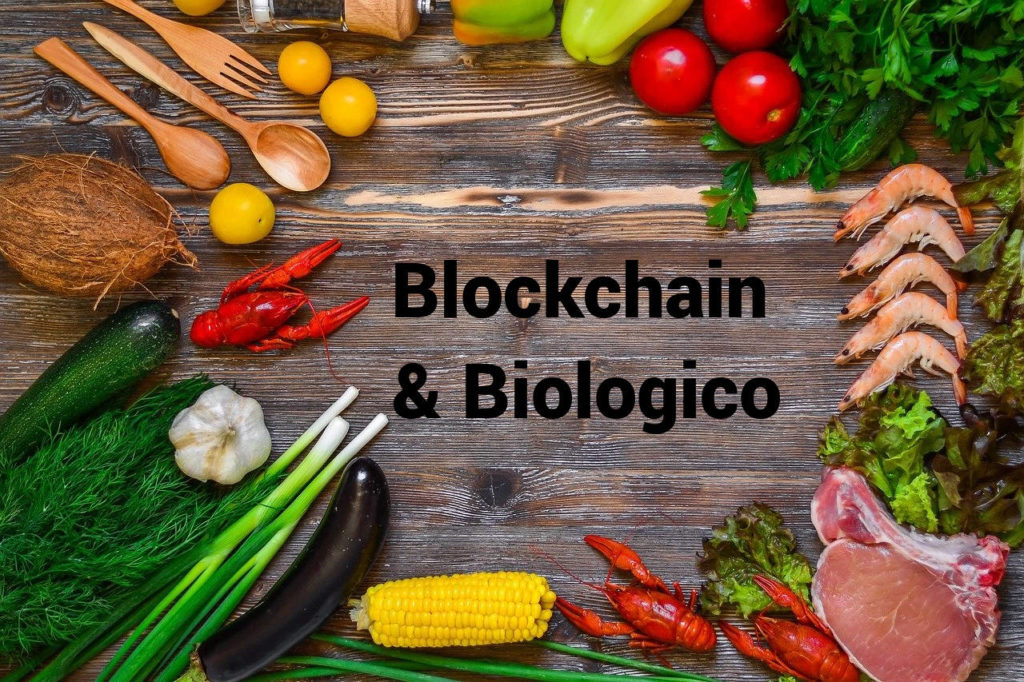What story does a hamburger have? Thanks to the application of blockchain it is possible to tell it in the most transparent way.
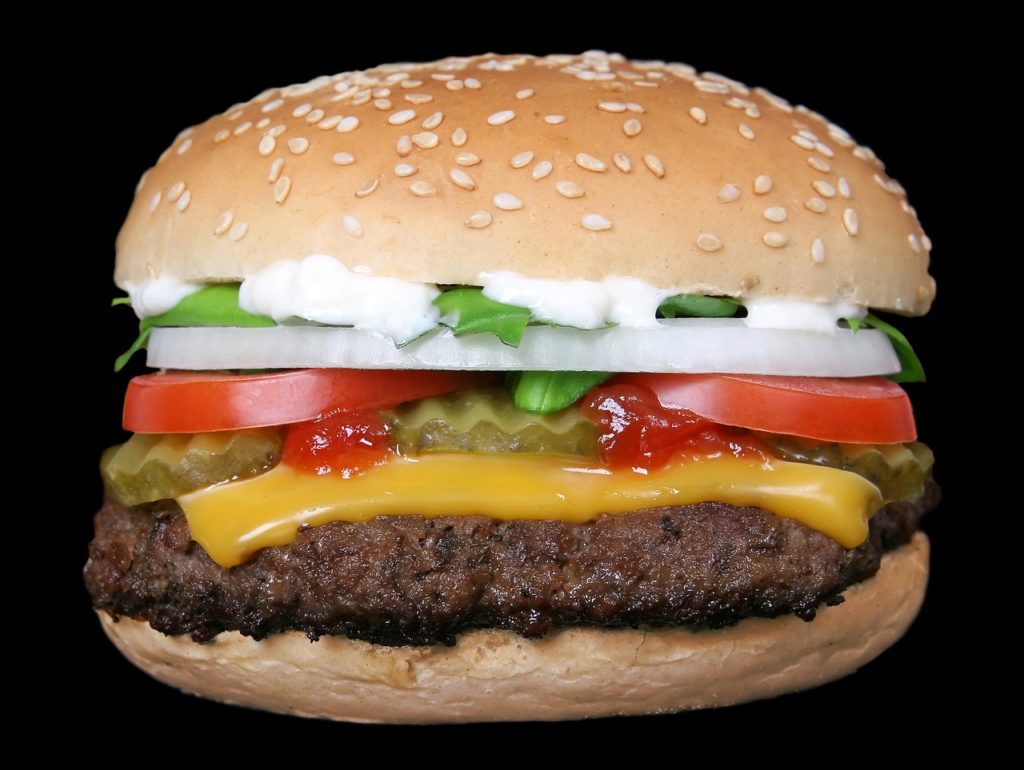
What is blockchain
The blockchain allows the tracking of a product. Its infrastructure in fact consists of blocks of information. Every transaction generates a block (ex: from the farmer to the food industry).
The blocks are linked to one another in a chain. In other words they constitue the supply chain of the product. Each chain is therefore a ledger of recordings.
This ledger is copied and distributed among the participants in the system. Each new block will be automatically updated on all copies of the archive. For these reason there is no single holder of information.
Transparency is total. The blockchain is also an unmodifiable system (it is not enough to counterfeit a copy in order to modify the data) and permanent.
Participation can be at different levels. “Permissioned blockchains” have public access. “Private (permissionless) blockchains” allow access only by authentication and by the permission of all the other participants in the network. Or you can access different levels depending on the role you have in the supply chain (Producer? Consumer?).
Example: how to apply blockchain to hamburger
The “history – blockchain” of a hamburger starts in the farm.
In the first recording of the blockchain, we identify the cow. We will know everything about it.
Birth (which may not coincide with the place where it was bred).
Where it was bred. Option: to include the geolocation of the farm.
How it was bred. In support, it will be possible to insert digital certificates or generate additional blocks. These ones will inform on the type of feeds (GMO free).
Characteristics of the animal: age, the prophylaxis performed. Also in this case we can insert digital documentation or create blocks for the veterinary visits incurred.
The transport to the slaughterhouse.
Receiving. The company indicates the date of receipt.
Lot. An identification number is assigned to the batch of meat.
Date of distribution. The meat is distributed among the various customers (food companies, warehouse of large-scale retail trade).
The meat is ready to become hamburger.
Upon receipt of the batch of meat, in addition to showing the identification code, each operator must indicate the date of receipt and that of packaging.
In the case of the food industries, a further step is the distribution to the food stores.
Traceability is complete.
The application of the blockchain to the hamburger has achieved its goal: to guarantee the provenance and quality declared.
So the hamburger supply chain is transparent.
The actors of the supply chain will have a complete copy of the ledger. While consumers? Through a QR code reported on the package they will be able to view key information about the hamburger supply chain.
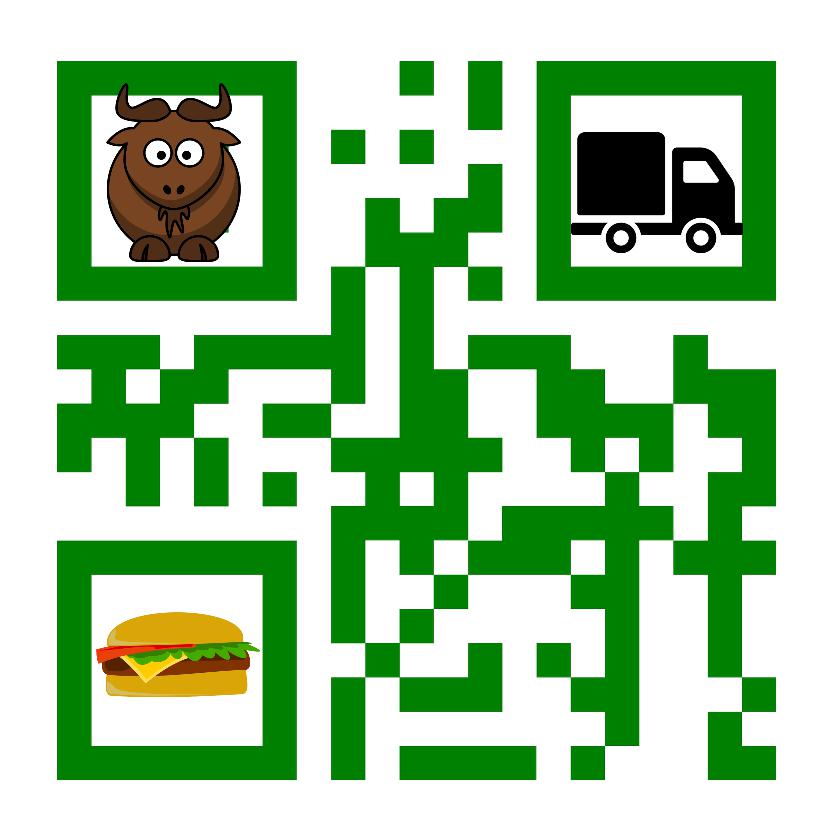
In conclusion:
to learn more about the blockchain, watch this video;
to find out more advantages, read here.

